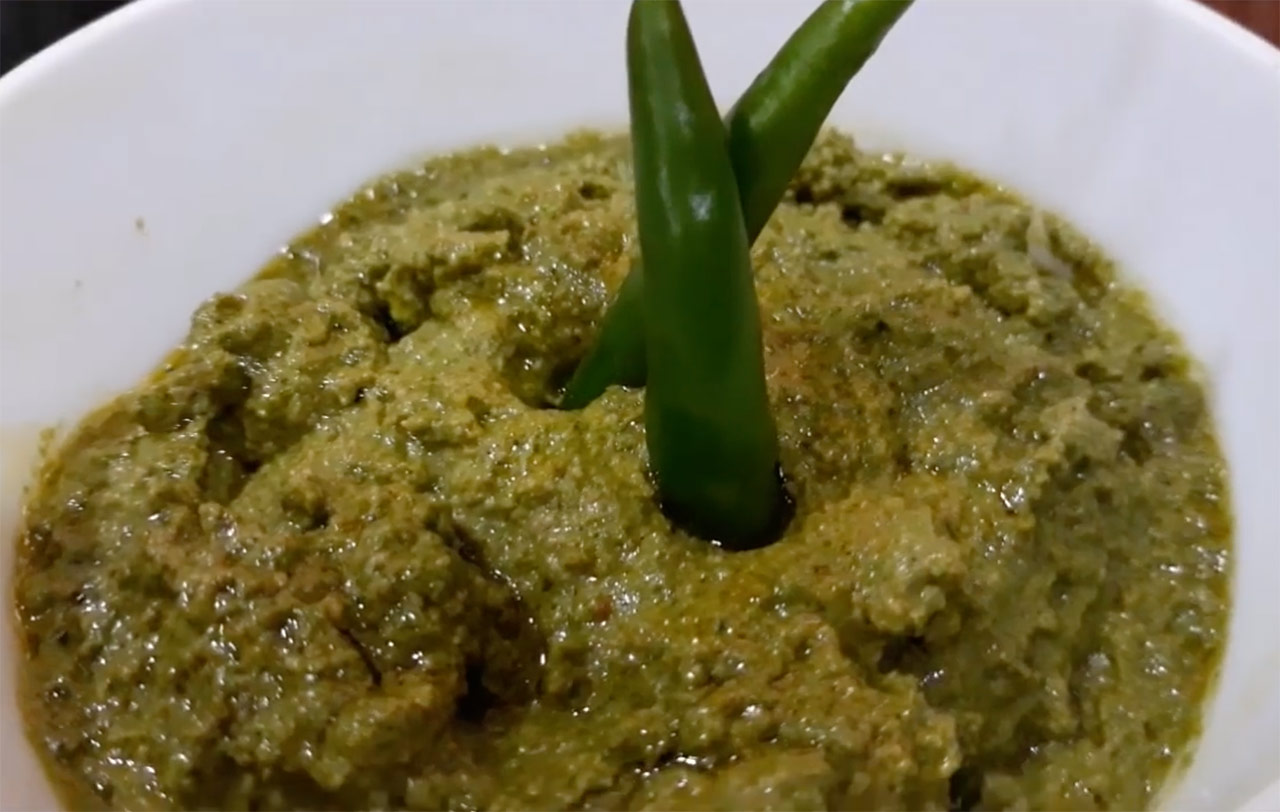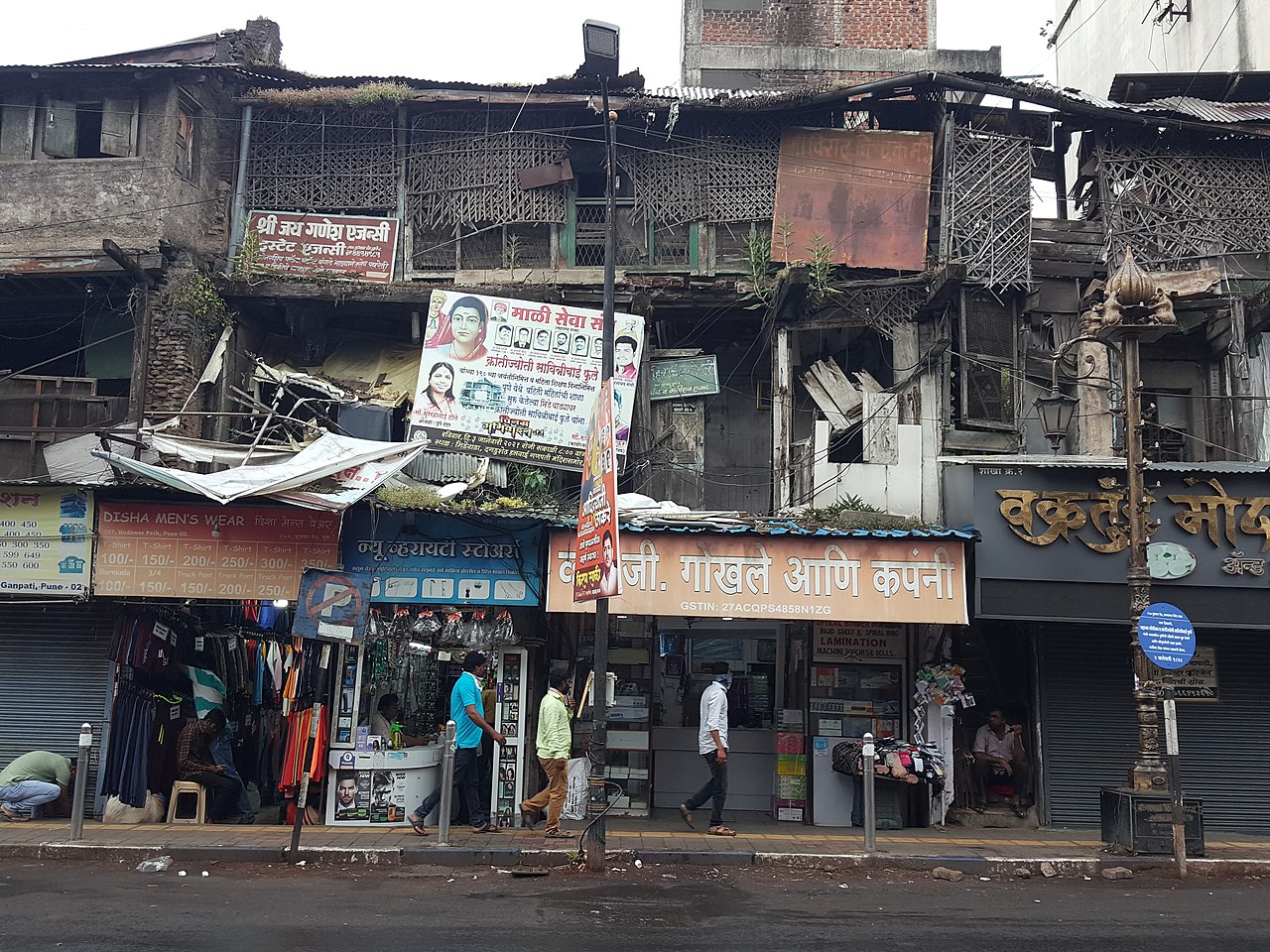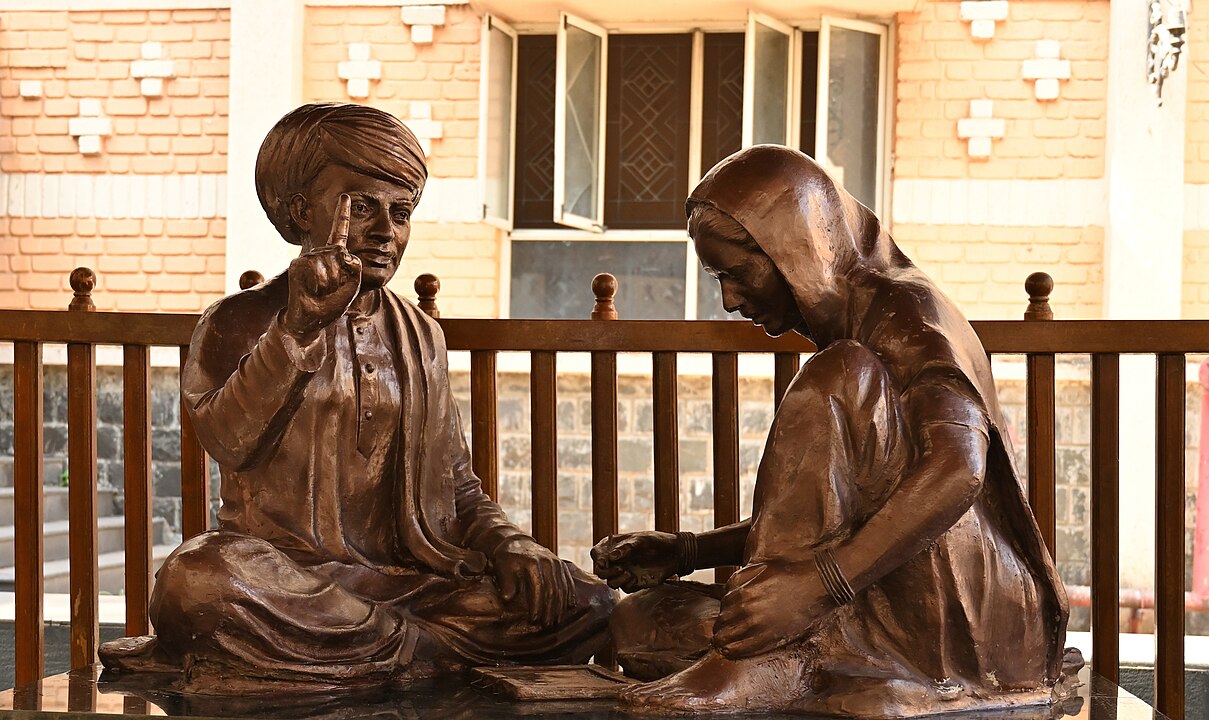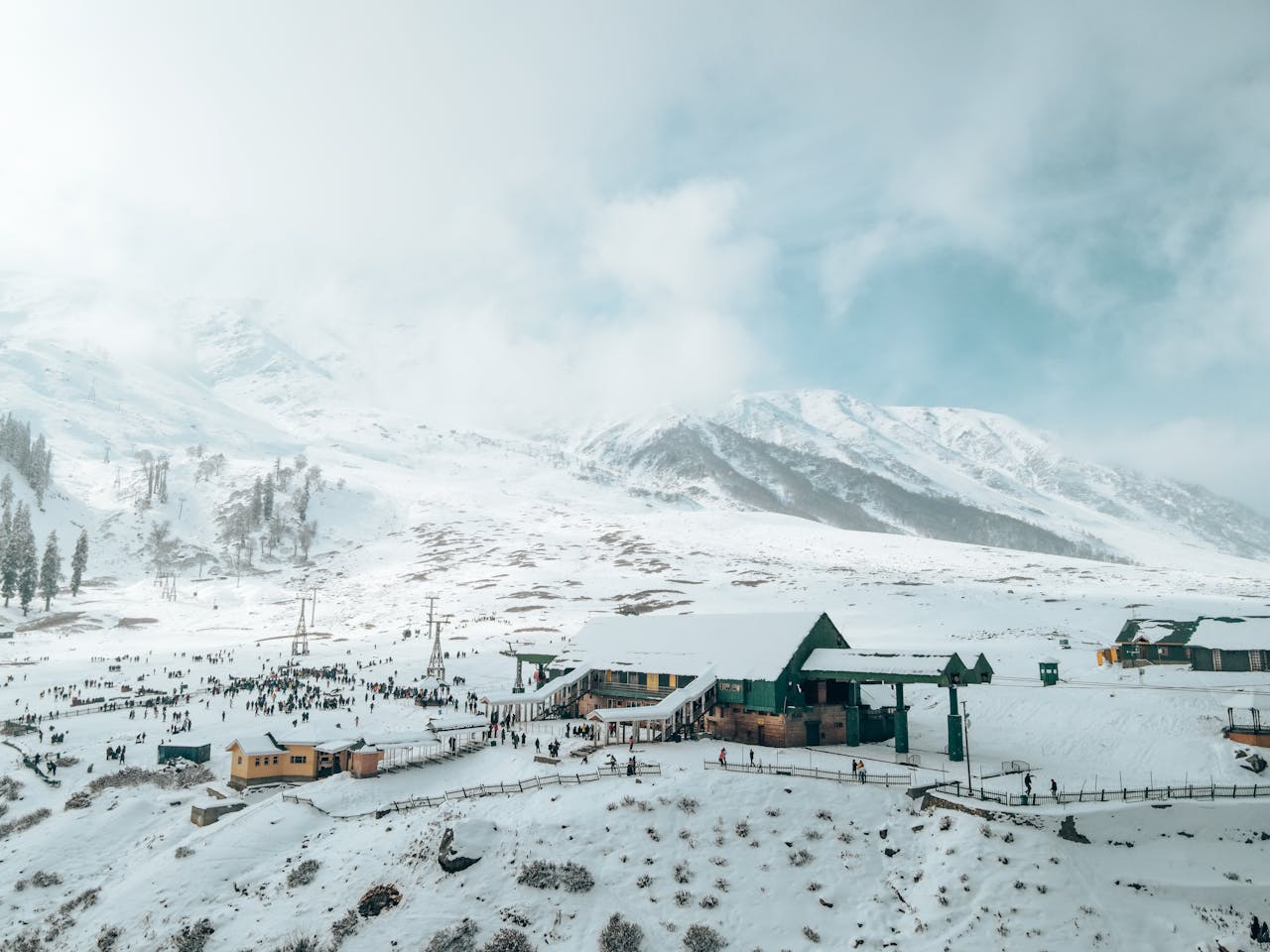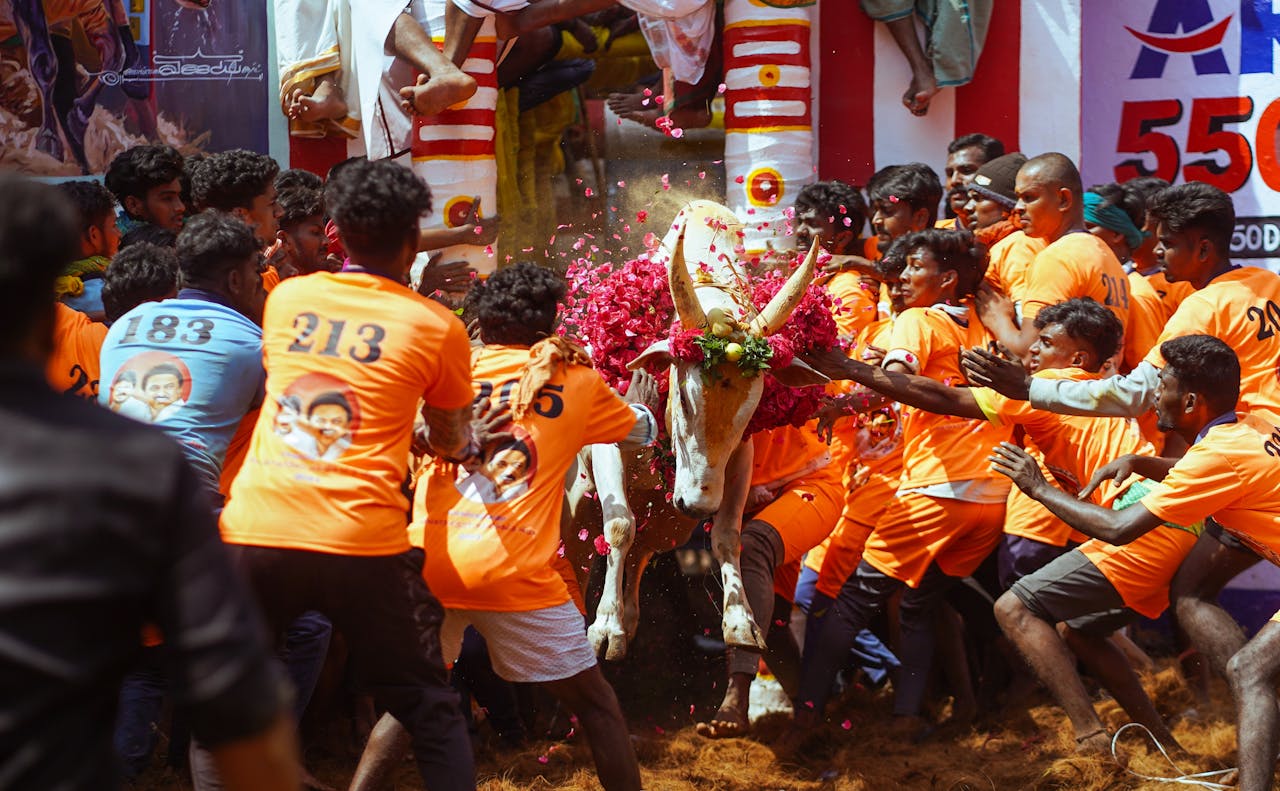
Valentine’s Day falls on 14th February and has now emerged to be a significant economic activity that boosts many industries in India. The day, in the last few decades, has been transformed into an annual shopping and experience-driven festival, which benefits businesses in multiple sectors including retail, e-commerce, hospitality, jewelry, and entertainment.
Suggested Story: Old Love vs Modern Love
Indian consumers are adapting to celebrating Valentine’s Day with globalization and digital influence with changed social norms. That’s why there has been a vast amount of expenditure by consumers regarding this particular function as brands start innovative marketing ideas with special schemes and new launching of products.
The Evolution of Valentine’s Day in India

Valentine’s Day became a popular celebration in India primarily because of the economic liberalization of the 1990s. With the increasing exposure of Indian people to western culture, it made the celebration of love on one particular day highly acceptable to the youth in cities and towns. This trend was further enhanced through social media, digital marketing, and brands from across the world that helped make Valentine’s Day a large commercial activity.
Suggested Story: Good Old Days of Loving
Unlike the good old days, when Valentine’s Day was just a card and flower-giving day, nowadays it has come to be an extended weeklong celebration, quite famously known as Valentine’s Week, where all days are celebrated under different themes like Rose Day, Chocolate Day, Propose Day, Teddy Day, and so on. It has given a longer period for which business houses could develop their product line and plan for marketing to create an enormous buzz in this season.
Economic Implications on Significant Industries

Valentine’s Day has emerged as a significant economic force, shaping the growth of various sectors in India. While consumer interest picks up, there is an upsurge in demand for retail, hospitality, luxury goods, e-commerce, and entertainment business ventures. The young urban consumer spends lavishly on gifts, experiences, and celebrations, thereby making this a peak revenue time for many industries.
1. Retail and Gift Industry
During Valentine’s Week, retail businesses flourish with the sale of flowers, chocolates, greeting cards, plush toys, fashion accessories, and personalized gifts. Consumers, mostly young couples, look for customized and exclusive presents which the companies provide by engraving jewelry, preparing hampers of chocolates and perfumes, and designing love-themed products like mugs and cushions. Shopping malls, local gift shops, and online portals completely exploit the trend by launching special discounts and combo offers. The demand for inexpensive yet relevant gifts ensures steady sales, which makes this a peak season for retailers.
2. Hospitality and Dining Industry
Restaurant, café, and hotel bookings go up as couples seek to dine out and spend their staycation in luxurious settings. For such an occasion as Valentine’s, many restaurants prepare special menus during Valentine’s day, candlelight dinners, or live concerts at the right moments. Luxury hotels also offer packages for romantic staycations-decorated rooms, spa services, and themed dinners. For celebrating Valentine’s Day at home, food delivery services have greatly made it comfortable with gourmet dishes and desserts to be found inside Valentine’s boxes. People will dine out or order in, spend money, remember their love, and add to revenues throughout the hospitality industry.
3. Jewelry and Luxury Goods
The sales of jewelry brands increase highly through diamond rings, platinum couple bands, and charm bracelets through the display of love. Demand for luxury premium gift items increases with designer watches, perfumes, and handbags. This trend is observed by the major jewellery companies in India.
4. E-commerce and Online Shopping
E-commerce is the fastest-growing area of digital commerce. Consumers buy through the Internet due to its accessibility to numerous product offerings at a low cost with customized gift services. On Valentine’s Day, when the marketing campaigns, discounts, and bundled offers are made available on such platforms, massive traffic hits platforms like Amazon, Flipkart, and Nykaa. It is now possible for last-minute shoppers to surprise their loved ones with the same-day and midnight delivery services.
5. Entertainment and Media Industry
Valentine’s Day is a goldmine for the entertainment industry, as increasing numbers of the population begin to ask for romantic movies, music albums, and events. Most of the film producers plan their release of romantic movies at this time, so collections will be good. On streaming platforms, love-themed playlists and special Valentine’s content can be streamed. Television channels plan special episodes or reality shows to air on Valentine’s Day. Cities in India also throw themed parties, concerts, and live events meant for the young crowd to celebrate the day. This, in turn, has increased the impact as brands are now looking to collaborate with influencers and create campaigns, ads, and viral content on Valentine’s Day.
Challenges and Cultural Sensitivities
Even though Valentine’s Day has an economic importance, it has also seen cultural resistance in India. It is a Western product for some conservative groups and, therefore, against Indian values. It is opposed in parts of the country; protests, moral policing, and campaigns have been run against its celebration. A business has to balance the available business opportunities and cultural sensitivity so that its marketing campaigns talk to the mood of the multitudes of consumers and step up with social values.
Conclusion
In India Valentine’s Day now generates more than multiple billion dollars as it shapes consumer choices which stimulate economic performance throughout different market sectors. The festival grows with new shopping patterns and digital advancements although businesses need to handle cultural sensitivities to grow permanently.
Due to growing worldwide influences and rising household purchasing power Valentine’s Day represents an expanding international economic sector so businesses can establish innovative growth models to better serve their consumers in meaningful ways.
FAQs about Valentine’s Day in India

- How did Valentine’s Day become popular in India?
Valentine’s Day became popular in India with the liberalization of the Indian economy in the 1990s, which made India more accessible to the world.
- Which sectors benefit the most from Valentine’s Day spending in India?
The sectors which are affected the most are Retail, hospitality, jewelry, e-commerce, and entertainment. Restaurants and hotels gain the most out of their sales along with florists and online portals selling gifts experience the maximum sales during Valentine’s Week.
- Do cultural resistance issues arise during the celebration of Valentine’s Day in India?
Yes, different groups protest for celebrating Valentine’s Day saying it is the influence of the west. People protest against this and even have public morality policing against public celebrations.
- In how many ways has e-commerce interfered with Valentine’s Day shopping in India?
With e-commerce, Valentine’s Day shopping in India has become easier, as services have been pretty convenient and fast.
- What is the most popular Valentine’s Day gift in India?
These are flowers, chocolates, jewellery, personalized hampers, luxury and experiential gifts such as candlelight dinner and travel packages.
Few Lines about the Valentine’s Day Business in India
- Valentine’s Day adds to the Indian retail industry since the demand for gift and accessories surges during this time.
- Holidays or dinners during Valentine’s Week are in most demand during this time.
- Jewelry sales spike as consumers invest in luxury gifts for their loved ones.
- More visitors visit e-commerce sites since shoppers look for the most convenient holiday gift.
- Entertainment businesses create special content for the occasion and stage events while releasing romantic releases during this period.
- Cultural objections from some quarters in India threaten Valentine’s Day despite economic advantages.
- Valentine’s Day serves as an opportunity for businesses to develop specific marketing initiatives with promotional activities.














